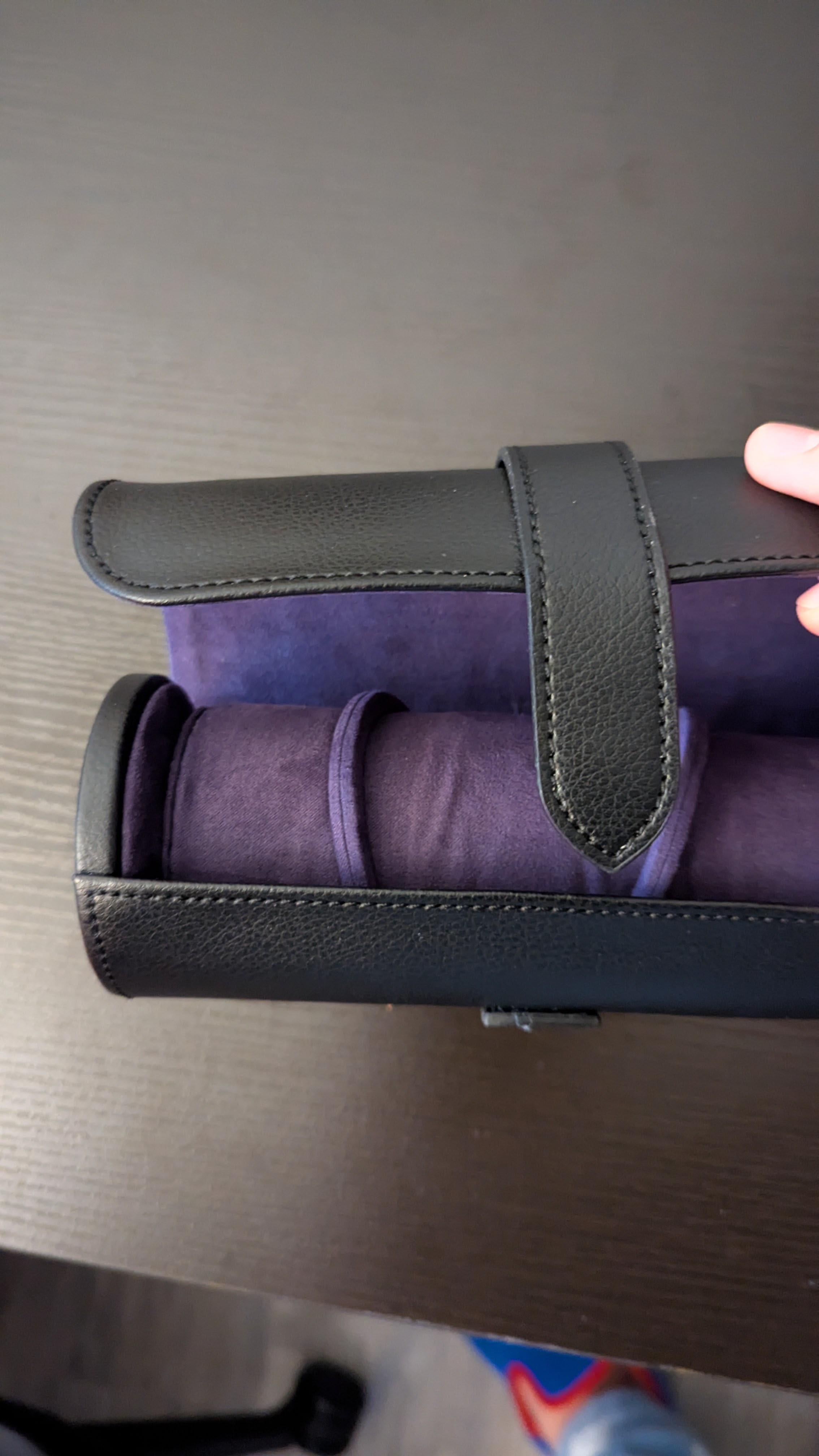Horological Society of New York
Class Overview
Back in December of 2022 I attended a watchmaking class hosted by the Horological Society of New York. I knew of them and the class from undergrad a few years back and I had the chance to attend their Seattle class with a friend. Unlike the New York Classes, the Seattle class was 1 long class that went through the history of watchmaking, basic structure of the mechanical movement, and a walkthrough of how to disassemble and reassemble a manual wind ETA movement.
History
I’m actually not obsessed with history as many other watch enthusiasts are but this section interested me because it told a story about how watchmakers tried to fix or rethink problems in the mechanical movement system. For example, watchmakers have tried to find the best rubies that wouldn’t scratch or change shape when other parts slide over them or lubricant that would stay in place and not dry out over time. A trend in watchmaking is that many of the parts have become cheaper. Some parts are synthetic rubies instead of diamonds, synthetic lubricants over whale oil, and use of steel cases as machinery allowed us to mold harder metals instead of soft metals such as gold and silver. New problems such as water resistance, shock resistance, power reserve, and automatic winding system set off competition between watchmakers to make the best systems.
Independent watchmakers, especially in Germany, China, and Japan have become more well known by watch enthusiasts. Our teacher in particular said she was being trained by a master independent and is working more on clocks than wrist watches.
Basic Structure of the Mechanical Movement
I only remember the TLDR version of this section which was energy is stored in a spring and then the rest of the system is designed to control how quickly the energy is released. I found this article by h-moser that has most of the technical terms we discussed in the class.
Movement Workshop
This is the one that I couldn’t believe I actually accomplished. Our instructor gave us some basic tools – movement holder, tweezers, plastic conical stick, rubber finger cots, and a few screwdrivers. We followed our instructor to remove all the parts onto this tray that has sections but we were never instructed on how to organize the pieces. This is very important because the next step is to put everything back together. Usually the New York class is split up into multiple sessions but the Seattle class is condensed into 1 class. I was surprised that all 9 or so of us managed to do this with literally no watchmaking experience. Unfortunately, unlike the New York class you cannot keep the ETA movement to take home.
Conclusion
One memorable thing that happened is that I actually won a watch holding case by pure chance because of the seat I chose had a hidden ticket taped underneath it which awarded me this prize.
 I actually don’t really use it currently because I only have 1 watch, the Casio Oceanus, and it’s stuck somewhere in New Jersey for service. If you’re interested in watchmaking I highly recommend trying out this class with a friend even if you have moved onto the church of quartz like me.
I actually don’t really use it currently because I only have 1 watch, the Casio Oceanus, and it’s stuck somewhere in New Jersey for service. If you’re interested in watchmaking I highly recommend trying out this class with a friend even if you have moved onto the church of quartz like me.